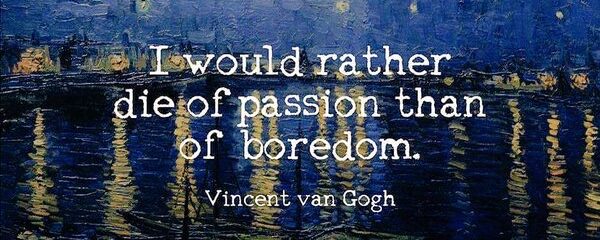
Photo by Google
He who seeks shall find – kes otsib, see leiab
He who helps himself will be helped by others – kes aitab ennast ise, seda aitavad ka teised
A smart one learns from the mistakes of others – tark õpib teiste vigadest
The work will teach the worker – töö õpetab tegijat
Estonia officially the Republic of Estonia is a country on the eastern coast of the Baltic Sea in Northern Europe. It is bordered to the north by the Gulf of Finland across from Finland, to the west by the Baltic Sea across from Sweden, to the south by Latvia, and to the east by Lake Peipus and Russia. The territory of Estonia has been inhabited since at least 9,000 BC. Ancient Estonians became some of the last European pagans to adopt Christianity following the Livonian Crusade in the 13th century. After centuries of successive rule by Germans, Danes, Swedes, Poles and Russians, a distinct Estonian national identity began to emerge in the 19th and early 20th centuries. This culminated in independence from Russia in 1920 after a brief War of Independence at the end of World War I, where Estonians, led by General Laidoner, had to fight for their newborn freedom. Initially democratic prior to the Great Depression, Estonia experienced authoritarian rule from 1934 during the Era of Silence. During World War II (1939–1945), Estonia was repeatedly contested and occupied by Germany and the Soviet Union, ultimately being incorporated into the latter as the Estonian Soviet Socialist Republic. After the loss of its de facto independence for the Soviet Union, Estonia’s de jure state continuity was preserved by diplomatic representatives and the government-in-exile. In 1987 the peaceful Singing Revolution began against Soviet rule, resulting in the restoration of de facto independence on 20 August 1991.
Tallin
Tallinn is the capital and most populous city of Estonia. Located in the northern part of the country, on the shore of the Gulf of Finland of the Baltic Sea, it has a population of 437,619 in 2020. Administratively a part of Harju County, Tallinn is the main financial, industrial and cultural centre of Estonia. From the 13th century until the first half of the 20th century Tallinn was known in most of the world by its historical German name Reval. Tallinn, first mentioned in 1219, received city rights in 1248, but the earliest human settlements date back 5,000 years. The first recorded claim over the land was laid by Denmark in 1219, after a successful raid of Lyndanisse led by King Valdemar II, followed by a period of alternating Scandinavian and Teutonic rulers. Due to its strategic location, the city became a major trade hub, especially from the 14th to the 16th century, when it grew in importance as part of the Hanseatic League. Tallinn’s Old Town in Kesklinn is one of the best preserved medieval cities in Europe.













